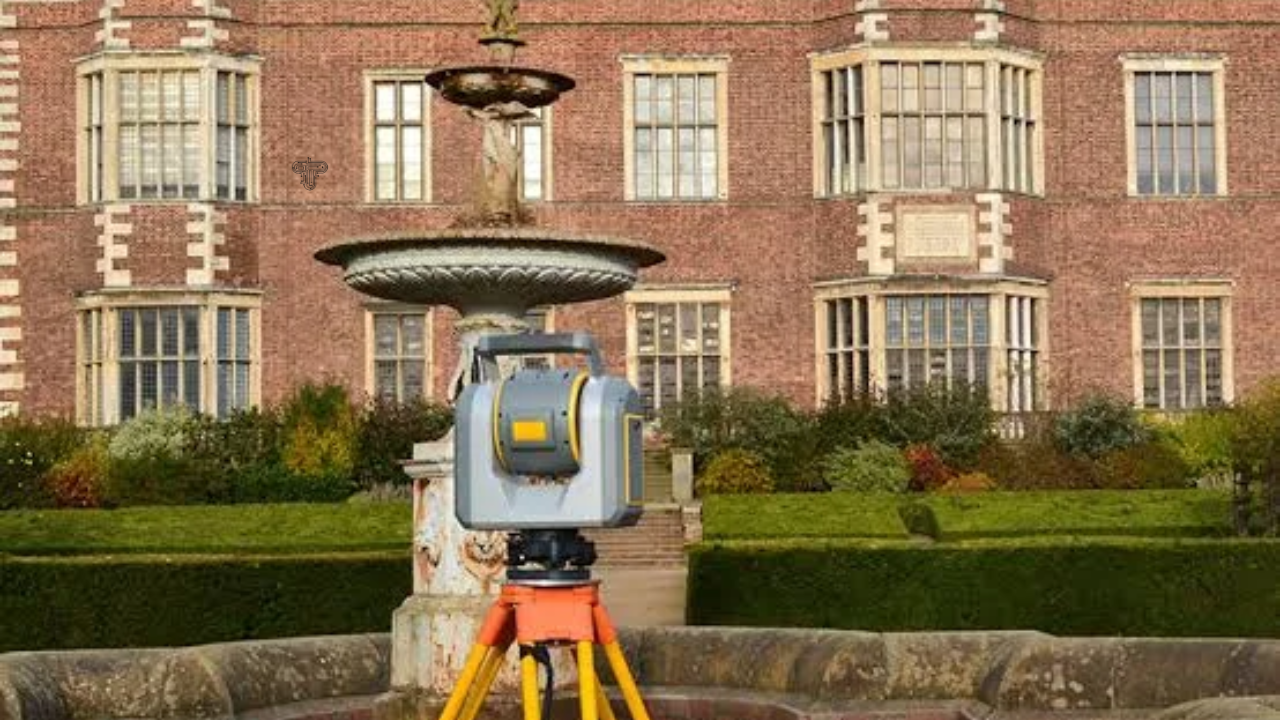5 Unusual Buildings Measured by Surveyors
Surveying buildings is not just about standard homes, offices, and industrial structures. Some projects require expert surveyors to tackle unique, often bizarre buildings that challenge traditional measurement techniques. These unusual buildings, whether due to their shape, purpose, or historical significance, demand advanced methods such as laser scanning, drone surveys, and 3D modeling to capture accurate data.
Working on these unconventional structures is exciting and technically demanding for professionals conducting measured building surveys. Below, we explore five of the most unusual buildings measured by surveyors, highlighting the challenges and solutions involved in documenting them.
1. The Leaning Tower of Pisa, Italy
The Leaning Tower of Pisa is one of the world’s most recognisable structures, famous for its unintended tilt. Surveyors have monitored its movement for centuries, using precise measuring techniques to assess its stability and ensure it doesn’t topple over. Initially leaning due to weak foundations and soft ground, the tower’s incline has been carefully managed through corrective measures based on accurate survey data.
Modern surveying techniques, including laser scanning and geodetic monitoring, have allowed engineers to stabilise the tower without altering its historic character. By capturing detailed measurements, surveyors helped to identify safe ways to reduce its tilt while preserving its unique aesthetic. This is a prime example of how innovative measured survey solutions can contribute to safeguarding iconic landmarks.
2. The Crooked House, England
The Crooked House, located in England’s West Midlands, is a pub famous for its dramatically slanted walls and floors, which create the illusion of furniture and objects defying gravity. Built initially on unstable mining land, the structure has continued to shift over time, making it an intriguing case for surveyors.
Measuring a building that isn’t straight presents significant challenges. Traditional measuring tools struggle to account for the extreme angles, so surveyors rely on 3D laser scanning to create precise structure models. The data collected allows engineers to monitor its movement and determine whether intervention is needed to prevent further distortion or collapse. This project highlights the importance of accurate surveying in assessing structurally compromised buildings.
3. The Upside-Down House, Poland
The Upside-Down House in Szymbark, Poland, is a mind-bending attraction where visitors walk on the ceilings and look up at furniture bolted to the floors. Designed as an artistic statement, the house was deliberately constructed at an angle to create a disorienting experience for those who enter. Surveying such a building requires an entirely different approach to standard structures.
Since conventional horizontal and vertical reference points are useless in this case, surveyors must use digital modelling and total station equipment to establish accurate measurements. The challenge lies in ensuring that the internal layout remains functional despite the illusion of inversion. For a surveying company, projects like this demonstrate the versatility of modern measurement technology in even the most unconventional environments.
4. The Floating Houses of Amsterdam, Netherlands
With rising sea levels and urban expansion, floating houses have become a popular sustainable living solution in Amsterdam. These homes, built on buoyant platforms, are designed to rise and fall with the water level, making traditional land-based surveying methods ineffective. Instead, surveyors must use hydrographic techniques to assess water depth, movement, and stability.
Surveying floating structures requires a combination of GPS technology, sonar mapping, and laser scanning to ensure accurate alignment with city infrastructure. One of the biggest challenges is accounting for the subtle but constant movement of the buildings. Precise measurements ensure that walkways, utilities, and docking systems remain functional, proving that surveying isn’t just about land-based structures.
5. The Ice Hotel, Sweden
Located in Jukkasjärvi, Sweden, the Ice Hotel is rebuilt every winter using blocks of ice from the nearby Torne River. Since the structure melts and disappears each spring, surveyors must measure the building annually to ensure that each reconstruction follows safe and functional guidelines. The ephemeral nature of the hotel makes it one of the most unique buildings ever surveyed.
Surveying a structure made entirely of ice presents challenges such as temperature sensitivity, shifting shapes, and limited measurement time. Advanced laser scanning and thermal imaging help surveyors document the structure before it melts, providing essential data for next year’s rebuild. This showcases how measured surveys can adapt to extreme conditions, ensuring that even temporary structures are built safely and accurately.
Tech Blaster
Surveying the Extraordinary: The Role of Expertise in Unique Buildings
While most surveying projects involve standard buildings, unique and unusual structures push the boundaries of what is possible with modern measurement techniques. Whether working on historical landmarks, artistic illusions, or floating homes, professional surveyors must adapt their skills and technology to meet the demands of each project.
Accurate measured building surveys ensure that even the most extraordinary buildings are safe, functional, and well-documented. As architecture continues to evolve, the role of surveyors in capturing and preserving these fascinating structures remains more important than ever.






